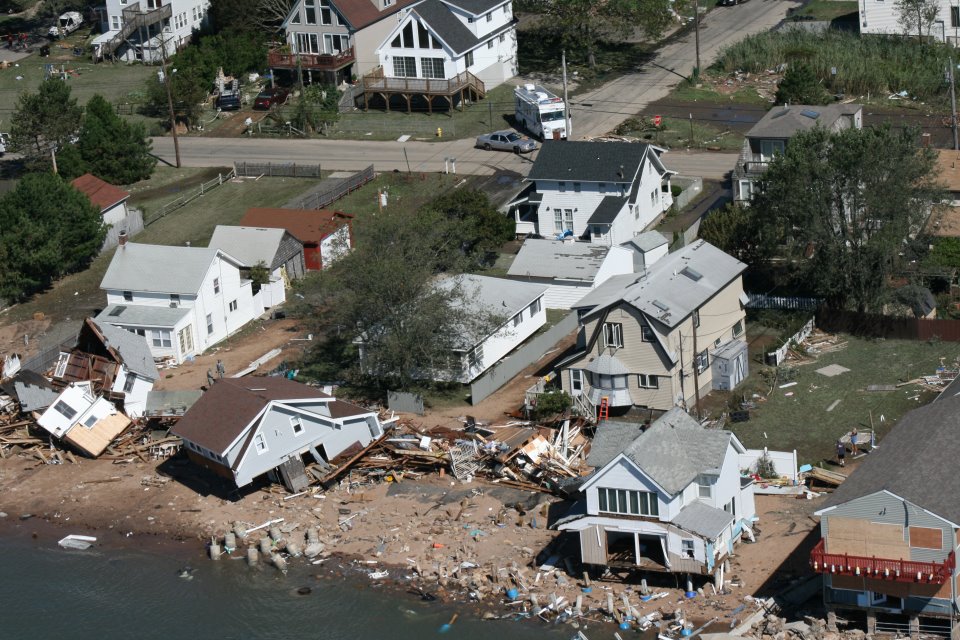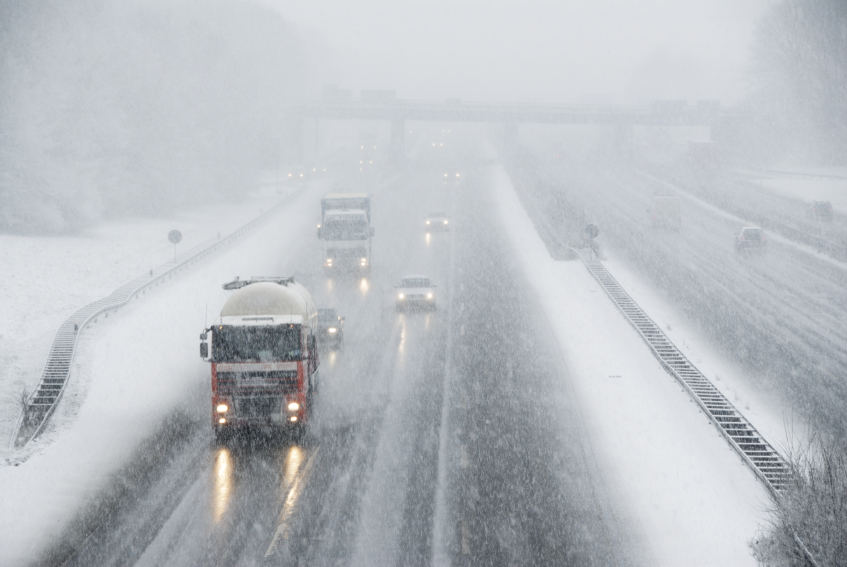
WHAT TO DO BEFORE A NATURAL DISASTER:
-
Make sure you have an emergency supply kit ready.
-
Know what different weather terms mean:
-
A severe storm watch means that dangerous weather may happen.
-
A severe weather warning means there is a storm on its way – take cover or seek shelter right away.
-
-
Evacuate if you are told to do so by emergency officials. Plan on where you can stay for a few days if you have to leave.
![]()
DURING A NATURAL DISASTER:
-
Move to a room near the middle of the home. If there is a storm like a hurricane or tornado, move to the lowest part of your home, like your basement if you have one. If there is severe flooding, move to the highest level of your home.
-
Take your emergency supply kit with you.
-
Keep checking local TV and radio stations and the Internet for official instructions, including shelter locations, weather reports, etc.
![]()
AFTER A NATURAL DISASTER:
-
Make sure that your family members are not hurt.
- DO NOT TOUCH or go near power lines that have been knocked down. Tell your local power company where you see any downed power lines.
-
If there is a power outage, you should be careful of food safety and carbon monoxide poisoning. See Power Outages for more information.
-
If there is flooding, stay away from flood water. Flood water may contain viruses, bacteria and germs which could make you very sick. All food, water and medicine that have come in contact with flood water should be considered contaminated and thrown away.
-
Turn off the power if there is standing water or the chance of electrical wires touching water or anything wet.
-
Do not flush the toilets.
-
Keep all children and pets away from the sewage.
-
Wear rubber gloves when touching anything with sewage on it. Wash your hands right after. Never touch raw sewage with bare hands.
-
Call your town or local health department to report a sewage backup.
![]()
TYPES OF NATURAL DISASTERS
Weather forecasts usually let you know ahead of time if there’s a blizzard coming. If a blizzard is coming, avoid driving and make sure you have food and supplies to last you a few days without electricity or phone service. If there is snow, make sure inlets and outlets for furnaces and other appliances are free from snow to prevent ventilation problems and carbon monoxide buildup. Also make sure your car's exhaust pipe is clear of snow or ice before starting.
Move quickly to higher ground. Water rushing at you in a flood can knock you off your feet! If you’re in your car and water comes up around you, get out and move to higher ground right away. Cars can be swept away in just two feet of moving water.
Flooding is the nation’s number one natural disaster. Anywhere it rains, it can flood. A flood is a general and temporary condition where two or more acres of normally dry land or two or more properties are inundated by water or mudflow. Many conditions can result in a flood: hurricanes, broken levees, outdated or clogged drainage systems and large amounts of rainfall. In addition, floods can happen when levees or spillways are intentionally opened to reduce the impact of a flood. Homeowners with private wells that are flooded should consider their wells contaminated and disinfect their well before using it again. For more information about flooded wells and flood cleanup go to www.ct.gov/dph/floods .
A hurricane is a big storm with thunder, lightning and very strong winds. A big hurricane can have winds blowing 75 miles per hour or higher. Hurricane season in Connecticut is June 1 through November 30. If there is a hurricane warning, take shelter right away or evacuate if you are told to do so. You can learn more about what to do before and after a hurricane online at www.ct.gov/hurricane.
 If there is a tornado warning, get to shelter right away. If you are in your car, stop. Do not try to outrun the tornado. Get out and lie flat, face down in a low area. Cover your head and wait for the tornado to pass by. If you are home, go to the basement, storm shelter or a room near the middle of the home. If you are in a tall building go to the middle of the building, like in a stairwell or hallway.
If there is a tornado warning, get to shelter right away. If you are in your car, stop. Do not try to outrun the tornado. Get out and lie flat, face down in a low area. Cover your head and wait for the tornado to pass by. If you are home, go to the basement, storm shelter or a room near the middle of the home. If you are in a tall building go to the middle of the building, like in a stairwell or hallway.
National Weather Service: Current Watches, Warnings or Advisories for Connecticut
![]()
Include the following:
 blankets/sleeping bags
blankets/sleeping bags - flashlight with extra batteries
- first-aid kit
- utility knife
- high-calorie, non-perishable food (protein bars, granola bars or fruit bars)
- extra clothes to keep dry
- sack of sand (or cat litter)
- shovel
- windshield scraper and brush
- tool kit
- tow rope and booster cables
- water container
- compass and roadmaps


